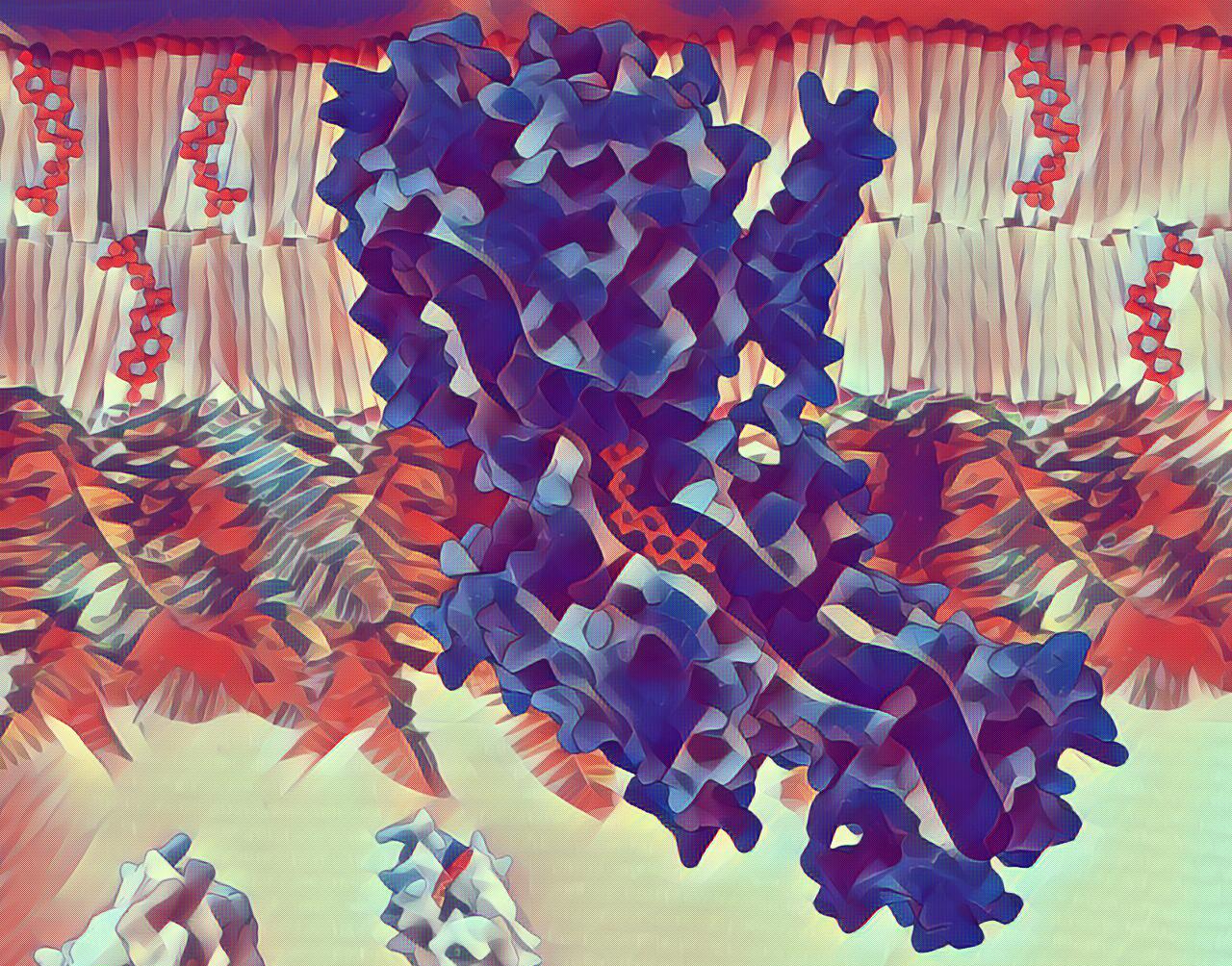New insights into cholesterol dynamics shed light on neurodegenerative disease
New knowledge about cholesterol contributes to the understanding of the neurodegenerative Niemann-Pick type C disease – also called “childhood Alzheimer’s”. These results are yet another step towards treating the disease.

Usually, the word “cholesterol” prompts a negative reaction because of its role in cardiovascular disease. While this is true, cholesterol is also vital for cells to function correctly - for example, cholesterol is a component of cell boundaries, the building block for vitamin D and hormones such as estrogen and testosterone. But, to have these positive effects, cholesterol needs to be accessible and distributed throughout the cell. If cholesterol becomes trapped in a compartment within the cell, a disease called Niemann-Pick type C develops. This is a neurodegenerative disease that is also described as “childhood Alzheimer’s”.
The reason why cholesterol accumulates within these compartments is because of defective proteins within the compartment itself. To understand fundamental aspects of cholesterol distribution, the research group studied one of the proteins that have been linked to this disease. Since they and others have speculated that the protein is sensitive to changes in pH, they used cryo-electron microscopy to visualise the structure of the protein at high and low pH.
The structures reveal a tunnel that passes through the protein, with a sterol molecule located inside. The diameter of the tunnel and the sterol’s position therein differ between the structures obtained at high and low pH. It turns out that variations in the tunnel’s dimensions and, therefore, the location of the sterol, are linked to a region of the protein that is responsive to changes in pH. The researchers’ findings contribute to the growing knowledge of Niemann-Pick type C disease and, generally, how cells distribute cholesterol, and maintain optimal levels of cholesterol.
First-author of the article Kelly May Frain: “The complex and beautiful mechanism took a lot of patience and people to piece together. Our collaborative approach benefited the story, we each had skills which we shared and bought to the table. I’m really proud of this work, its insights are novel and on a personal level it was so cool to work on”.
“We are very pleased with these results, which have been in the making for the past five years. I am so grateful for this learning experience and a fantastic team to share it with”, adds co-first author Lynette Nel.
The results were published in the international journal PNAS.
SUPPLEMENTARY INFORMATION, INCLUDING CONTACT INFORMATION
We strive to ensure that all our articles live up to the Danish universities' principles for good research communication. Against this background, the article is supplemented with the following information:
Study type:
Experiment
External funding:
A.B. was supported by an Ukraine Research Fellowship from The Aarhus University Research Foundation and a “Scholars At Risk from Ukrainian Universities” fellowship. D.L.S. was supported by the NIH (Grant Agreement No. R35 GM144109). D.W. acknowledges funding from the Danish Research Council (grant ID: 2032-00139B). This work was supported by the Danish Council for Independent Research (Grant Agreement No. 0135-00032B), the Carlsberg Foundation (Grant Agreement No. CF19-0127), and the European Research Council (Grant Agreement No. 637372) to B.P.P.
Conflicts of interest:
None
Link to the scientific article:
Conformational changes in the Niemann–Pick type C1 protein NCR1 drive sterol translocation
Kelly M. Fraina, Emil Dedica, Lynette Nela, Anastasiia Bohusha,b, Esben Olesena, Katja Thaysenc , Daniel Wüstnerc, David L. Stokesd & Bjørn Panyella Pedersena
Author affiliations: aDepartment of Molecular Biology and Genetics, Aarhus University, Aarhus C 8000, Denmark; bDepartment of Molecular Biology and Genetics, Aarhus Institute of Advanced Studies, Aarhus University, Aarhus C 8000, Denmark; cDepartment of Biochemistry and Molecular Biology, University of Southern Denmark, Odense M 5230, Denmark; and dDepartment of Biochemistry and Molecular Pharmacology, New York University School of Medicine, New York, NY.
More information
Professor Bjørn Panyella Pedersen
Department of Molecular Biology and Genetics
Aarhus University, Denmark
bpp@mbg.au.dk
